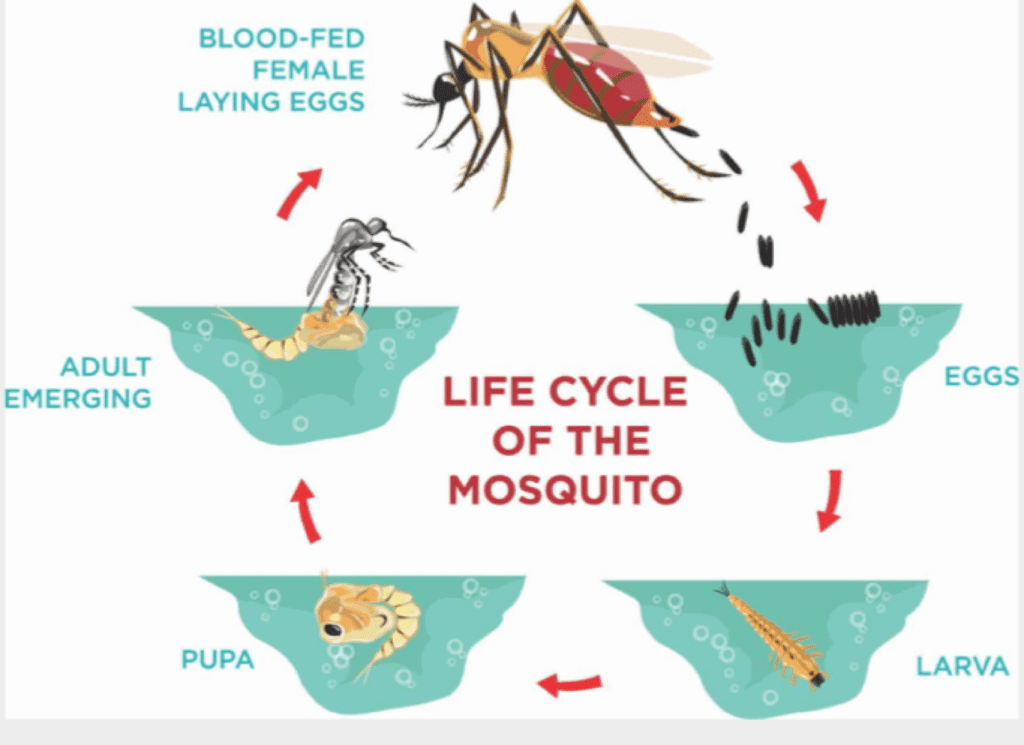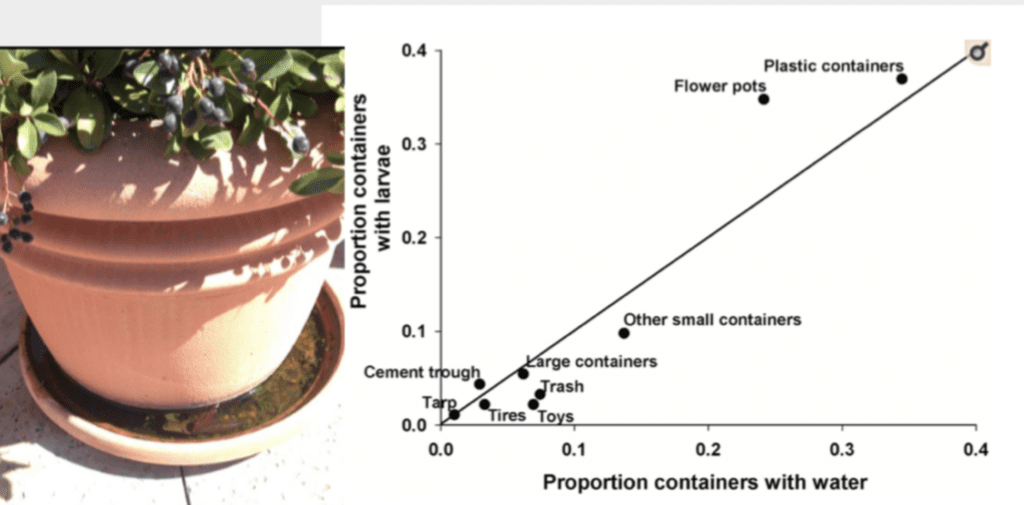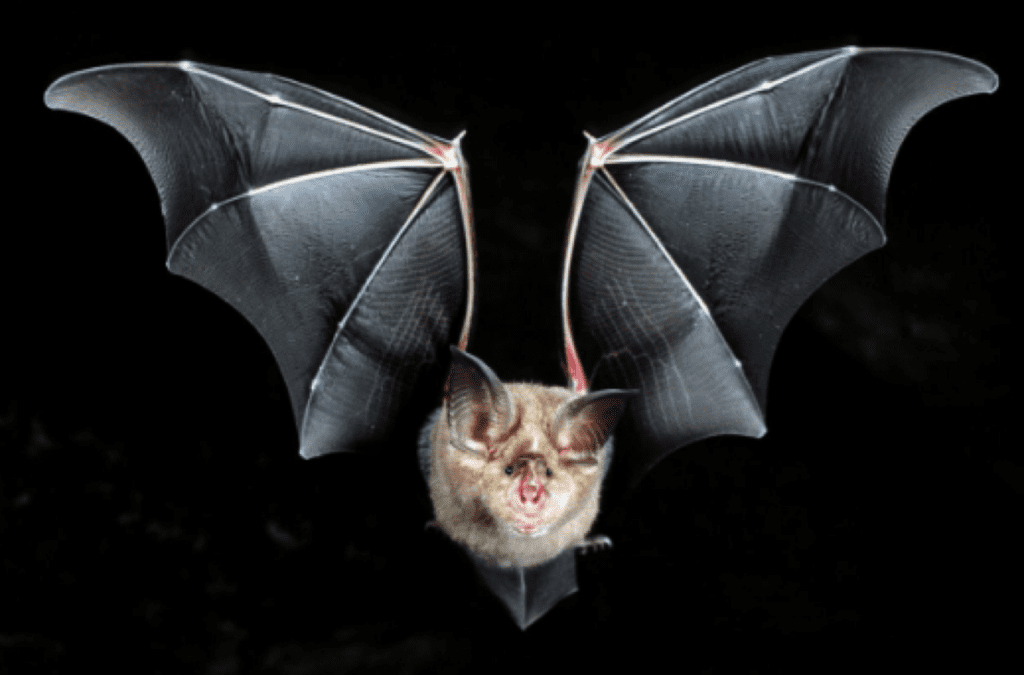Daniel Salzler No. 1045
EnviroInsight.org 4 Items April 17, 2020
—————Feel Free To Pass This Along To Others——————
If your watershed is doing something you would like others to know about, or you know of something others can benefit from, let me know and I will place it in this Information newsletter.
If you want to be removed from the distribution list, please let me know. Please note that all meetings listed are open.
Enhance your viewing by downloading the pdf file to view photos, etc. The attached is all about improving life in the watershed.
This is already posted at the NEW EnviroInsight.org
1. Be Aware Of Potential Danger When Using Purell Hand Sanitizer And other Hand Sanitizing Products. If you apply this alcohol-based hand sanitizer to protect you from Covid-19, and have any gel residue on your hands, be careful when lighting a cigarette or lighting a bar-b-que grill. Any residual gel, not absorbed into your hands could burst into flames, instantly.

Check it out yourself, outside. I did, on April 9, 2020
Using an aluminum pie pan or tray that will not burn, place one drop of Purell gel on the pan/tray. Using match or lighter, light the Purell. You will not see any flame, but if you place a tissue or paper towel close to the gel, the tissue or towel will burst into flame. Please dispose of the burning paper and pan/tray responsibly, and extinguish the gel fire before disposing.
2. Human-environment dynamics in the Sonoran Desert and Ae. aegypti, the vector of dengue, Zika and chikungunya. Kacey Ernst, Associate Professor and Program Director of Epidemiology, Department of Epidemiology and Biostatistics, University of Arizona 04/08/2020 – 12:00pm to 1:15pm
Aedes aegypti is an invasive mosquito that has become established throughout the urban landscapes in Arizona and Sonora, Mexico. A native of the tropics, the urban landscape facilitates its survival in the arid desert region. We conducted field collections and analyzed mosquito surveillance data to better understand the primary anthropogenic drivers of its abundance in southern Arizona and northern Mexico. Our results will provide a basis for a discussion on water use in the desert environment, how extreme heat mitigation plans may result in higher mosquito abundance, and implications for household and community water management practices.
Aedes aegypti aka
“The Yellow Fever Mosquito”
• Highly adaptable
• Human commensal
• Day-biter (bednets less useful

• Transmits
• • Yellow fever virus
• • Dengue viruses
• • Chikungunya virus
• • Zika virus
• • Mayora virus
Mosquito life-cycle

Human Dimensions in Tucson – Flower Pots

3. The Bats Behind the Pandemic From Ebola to Covid-19, many of the deadliest viruses to emerge in recent years have the same animal source. Matt Ridley April 9, 2020 10:02 am ET
RaTG13 is the name, rank and serial number of an individual horseshoe bat of the species Rhinolophus affinis, or rather of a sample of its feces collected in 2013 in a cave in Yunnan, China. The sample was collected by hazmat-clad scientists from the Institute of Virology in Wuhan that year. Stored away and forgotten until January this year, the sample from the horseshoe bat contains the virus that causes Covid-19.

The scientists were mostly sampling a very similar species with slightly shorter wings, called Rhinolophus sinicus, in a successful search for the origin of the virus responsible for the SARS epidemic of 2002-03. That search had alarming implications, which were largely ignored.
In Shitou Cave, south of Kunming, the capital of Yunnan, they found viruses in the bats’ droppings and anal swabs that were more similar to human SARS than anything found in palm civets, the small mammals that until then were presumed to be the source of human infection. Back in the laboratory, they found that one of the viruses from bat droppings, called WIV1, could thrive in monkey and human cells specially engineered to activate the gene for ACE2 receptors, the lock to which a coronavirus’s spike protein can fit as a key. This suggested that people could catch SARS directly from a bat dropping.
Then in 2016, Ralph Baric and colleagues at the University of North Carolina at Chapel Hill showed that the same bat virus could infect live mice that had been engineered to express the human gene for the ACE2 receptor. The virus was “poised for human emergence,” as the title of Dr. Baric’s paper put it

Pangolins carry a version of the coronavirus, but their role in transmitting it to humans is unclear.
unclear. PHOTO: GETTY IMAGES
When Covid-19 broke out, attention focused on pangolins, mammals often called scaly anteaters. Early analyses of the pangolin version of the virus seemed to indicate it was even more closely related to the human version than the RaTG13 bat sample was. The illegal pangolin trade for traditional Chinese medicine brings people into contact with sick animals. Just over a year ago, 21 live Malayan pangolins destined for sale in China were intercepted by anti-smuggling officers in Guangdong. Despite the best efforts of a local wildlife rescue center, 16 died with swollen, flooded lungs, rich in coronaviruses.
The role of pangolins in the spread of Sars-CoV-2, the virus that causes Covid-19, remains unclear. A closer look at more of the Sars-CoV-2 genome, published last week by Maciej Boni at Penn State University and David Robertson at Glasgow University, together with Chinese and European colleagues, finds that human versions of the virus are more closely related to the RaTG13 horseshoe bat sample from the cave than they are to the known pangolin versions. It is not yet possible to tell whether the virus went from bat to pangolin to people, or from bat to pangolin and bat to people in parallel.
Significantly, the same analysis shows that the most recent common ancestor of the human virus and the RaTG13 virus lived at least 40 years ago. So it is unlikely that the cave in Yunnan (a thousand miles from Wuhan) is where the first infection happened or that the culprit bat was taken from that cave to Wuhan to be eaten or experimented on.
Rather, it is probable that somewhere much closer to Wuhan, there is another colony of bats carrying the same kind of virus. Unless other evidence emerges, it thus looks like a horrible coincidence that China’s Institute of Virology, a high-security laboratory where human cells were being experimentally infected with bat viruses, happens to be in Wuhan, the origin of today’s pandemic.
Bats are sold in markets and supplied directly to restaurants throughout China and southeast Asia, but no direct evidence of their sale in Wuhan’s wet market has come to light. Also, horseshoe bats, which are much smaller than the tastier fruit bats, are generally not among the species eaten. The significance of the Yunnan cave sample is that it shows the bat virus didn’t need to recombine with viruses in other species in a market to be infectious to people. The role of the wet markets may be that other animals get infected there and produce much higher loads of virus than the bats would, amplifying the infection.
All over Asia and Africa human beings encounter horseshoe bats, any one of which could be carrying a virus that could start an epidemic if amplified in a market or similar setting. Bats have supplied most of the dangerous new diseases of the past two decades. The natural reservoir of rabies is in bats, especially in the Americas. Ebola, Marburg and other highly dangerous viruses.
come from bats, mainly in Africa. The Hendra and Nipah viruses are caught from fruit bats and have caused lethal but small outbreaks in south Asia and Australia. And most coronaviruses seem to originate in bats, including SARS and MERS, a frequently fatal illness that people in the Middle East began catching from camels in 2012, the camels having picked it up from bats.
There are good reasons why bats spread so many viruses. Bats are long-lived mammals, like us, and live in large crowds, like us—ideal for spreading respiratory infections in particular. One bat roost in Texas houses 20 million bats at certain times of year, a concentration of mammals paralleled only by people in cities. There are lots of different species—one-quarter of all mammal species are bats—so they have lots of different viruses. And they fly, carrying diseases long distances, allowing viruses to indulge in “host-shifting” between bat species. This especially suits viruses that can “recombine” with related strains, like coronaviruses.
It is not yet clear why horseshoe bats, in particular, are so infested with coronaviruses. These are average-size bats, distinguished by large, pointed ears and weird little sonar dishes known as nose-leafs, the outer part of which are often shaped like horseshoes. There are at least 100 species, many of which look very alike. Absent from the Americas, they are found all over the tropics of the Old World and in some warm temperate regions. They seem to be fond of living in caves and gathering in large aggregations.
In a paper published in February last year, Patrick Woo and colleagues at Hong Kong University surveyed the coronaviruses found in bats and came to a prescient conclusion: “Bat–animal and bat–human interactions, such as the presence of live bats in wildlife wet markets and restaurants in Southern China, are important for interspecies transmission of [coronaviruses] and may lead to devastating global outbreaks.”We had fair warning with Ebola, Hendra, Nipah, MERS and SARS, and the Yunnan cave discovery in 2013 should have sounded a loud alarm. Even when this pandemic is over, others are possible. Bats live for up to 30 years and don’t seem to suffer much in the way of symptoms from coronaviruses, so bat number RaTG13 may well still be alive. —Mr. Ridley is a member of the House of Lords and the author of many books, including ”How Innovation Works,” which will be published in May. Wall Street Journal April 11, 2020
4. University of Arizona Researchers Monitor Coronavirus in Municipal Wastewater
Throughout the U.S. As the spread of the new coronavirus continues, researchers at the University of Arizona Water and Energy Sustainable Technology (WEST) Center are using municipal wastewater to monitor the incidence of the virus in communities across the United States. An earlier study conducted in 2008 by WEST Center researchers measured the survival of coronaviruses in wastewater, and found that coronaviruses die off very rapidly in wastewater, with a 99.9% reduction in two to three days. WEST Center researchers will bring this expertise to the new study, which will use molecular methods recommended by the CDC to detect SARS-CoV-2 genetic markers in sewage samples collected prior to and following wastewater treatment. Such sewage monitoring programs can result in valuable data to determine if the virus is present in a community, even if individuals are asymptomatic, and can also ensure the effectiveness of a municipality’s wastewater treatment process. For more information on worldwide coronavirus monitoring through sewage and wastewater monitoring. Source: U of AZ
5. April 22nd 50 years of Earth Day. In 1970, Gaylord Nelson came up with the idea for a national day to focus on the environment after Nelson, then a U.S. Senator from Wisconsin, witnessed the ravages of a massive oil spill in Santa Barbara, California, in 1969.
The stage was set for change with the publication of Rachel Carson’s New York Times bestseller Silent Spring in 1962. The book represented a watershed moment, selling more than 500,000 copies in 24 countries as it raised public awareness and concern for living organisms, the environment and the inextricable links between pollution and public health. Earth Day 1970 would come to provide a voice to this emerging environmental consciousness, channeling the energy of the anti-war protest movement to put environmental concerns on the front page.
Groups that had been fighting individually against oil spills, polluting factories and power plants, raw sewage, toxic dumps, pesticides, freeways, the loss of wilderness and the extinction of wildlife united on Earth Day around these shared common values. Earth Day 1970 achieved a rare political alignment, enlisting support from Republicans and Democrats, rich and poor, urban dwellers and farmers, business and labor leaders. By the end of 1970, the first Earth Day led to the creation of the United States Environmental Protection Agency and the passage of the Clean Air, Clean Water and Endangered SpeciesActs.
Copyright EnviroInsight.org 2020
